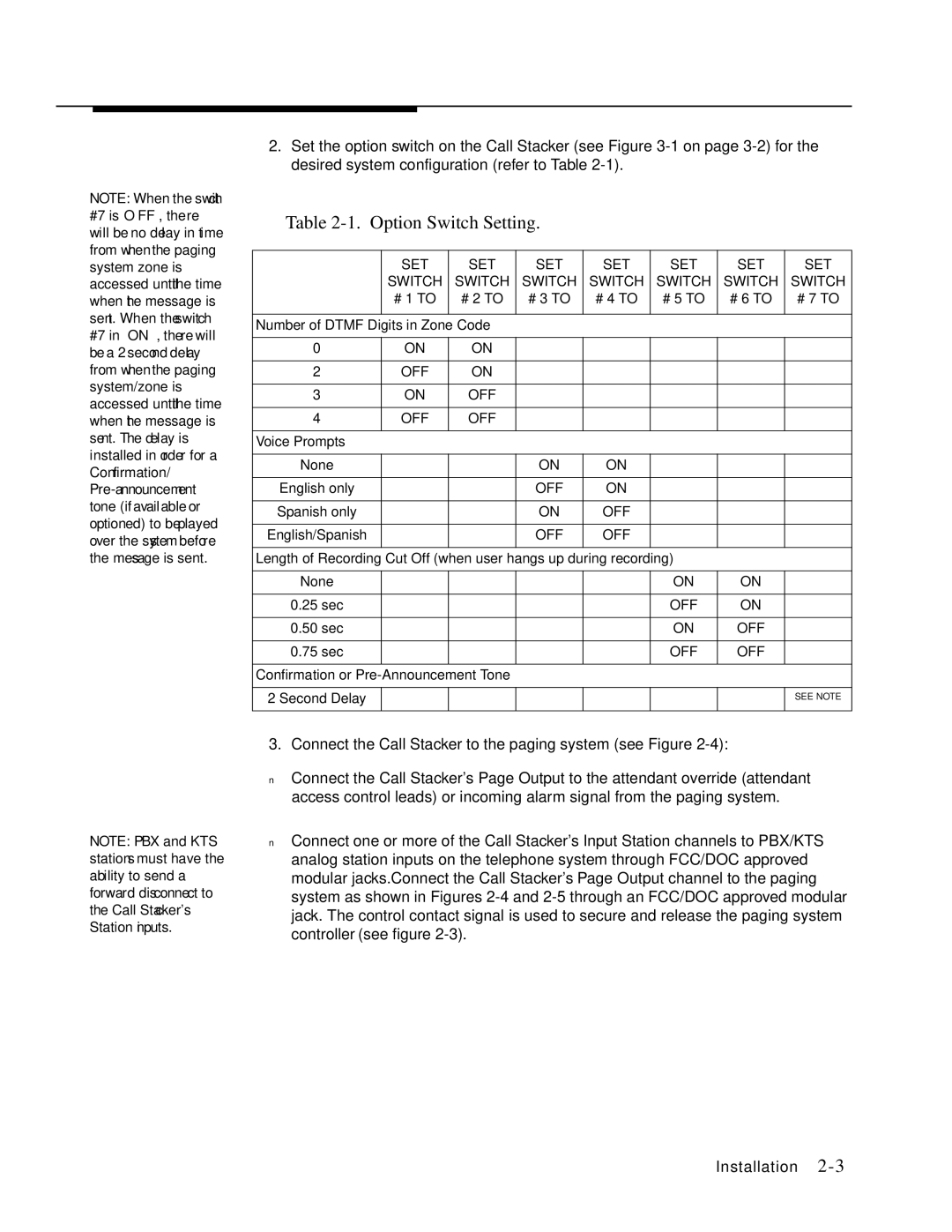LULCST specifications
Lucent Technologies, once a vital player in the telecommunications and networking landscape, has seen its impact resonate even after its merger with Alcatel in 2006, forming Alcatel-Lucent. Renowned for its innovative technologies and services, Lucent Technologies was instrumental in developing the infrastructure for modern telecommunications networks.One of the primary features of Lucent Technologies was its commitment to research and development. Renowned for its Bell Labs, the company developed groundbreaking technologies across various fields, including fiber optics, semiconductors, and wireless communications. Bell Labs produced numerous breakthroughs, including the invention of the transistor and advancements in laser technology, which positioned Lucent as a pioneering force in telecommunications.
Lucent Technologies excelled in its range of products designed for both wired and wireless communications. Their telecommunications equipment encompassed switches, routers, and network management systems that formed the backbone of communication networks worldwide. These innovations facilitated the evolution of telephone networks into highly advanced digital communication systems.
In the wireless sector, Lucent was a key contributor to the deployment of GSM (Global System for Mobile Communications) and CDMA (Code Division Multiple Access) technologies. These early mobile communication standards laid the foundation for the development of 3G and later 4G technologies, allowing for increased data transmission speeds and more reliable connections. Lucent's technologies made mobile communication more accessible and efficient, shaping the modern mobile experience.
Another significant characteristic of Lucent Technologies was its focus on customer-centric solutions. The company emphasized the importance of providing tailored services to meet the unique needs of telecommunications providers and enterprise customers. This approach resulted in strong relationships with major carriers and service providers, enabling them to leverage cutting-edge technologies to enhance their service offerings.
In terms of characteristic attributes, Lucent was known for its adaptability and forward-thinking strategy. As the telecommunications landscape rapidly evolved, Lucent continuously focused on emerging trends, including VoIP (Voice over Internet Protocol) and IP networking, which reshaped
the telecommunications ecosystem.
Despite the challenges faced in the competitive market, the legacy of Lucent Technologies lives on through its contributions to both technology and infrastructure that continue to support global communications, ensuring connectivity and advancing the future of telecommunications.

